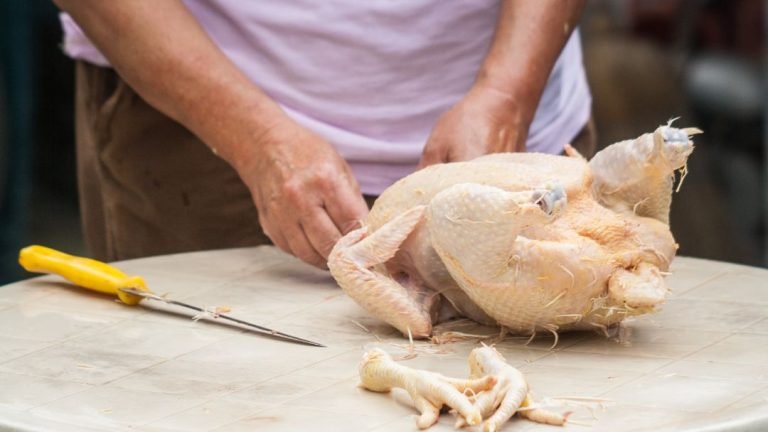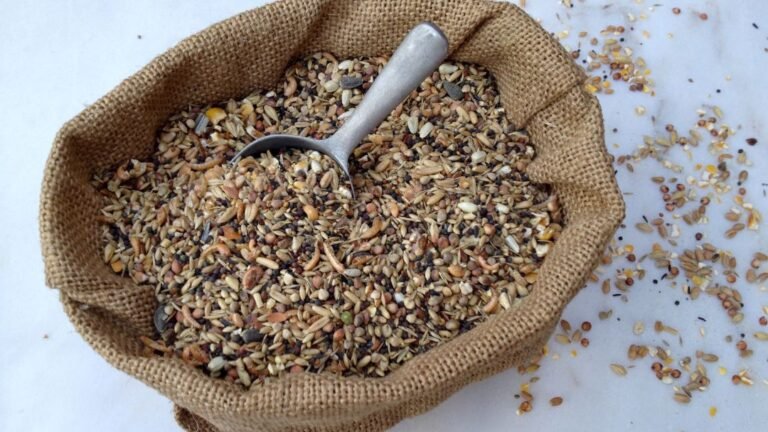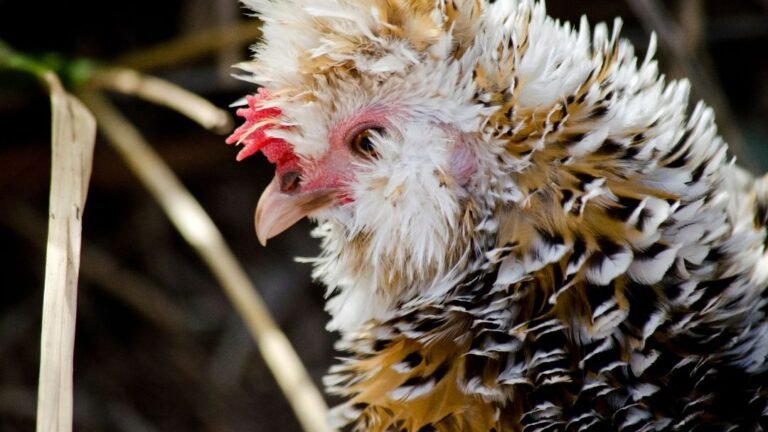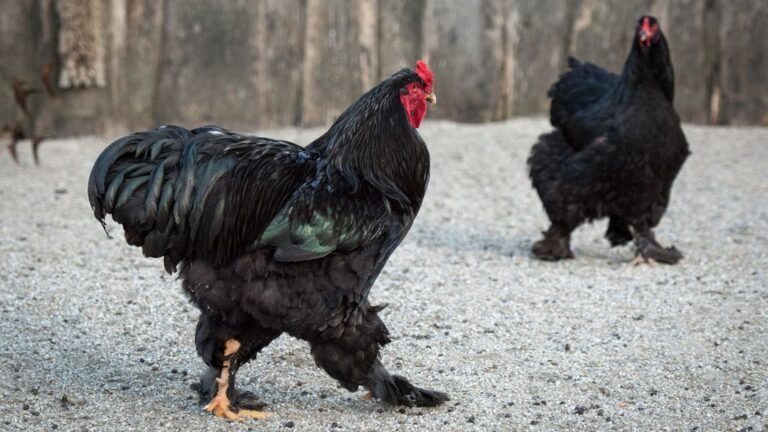Most chicken coops are made from wood. A wide range of options is available. Choosing a particular depends on various aspects, such as chicken breed type, surrounding environment, material availability, and your budget.
But what is the best type of wood for a chicken coop? You can choose softwood, hardwood, pressure-treated lumber, engineered wood, or plywood. Each of them has some pros and cons. You want to consider all essential aspects of each wood to get the best bang.
Top Wood Choices For Chicken Coop
Hundreds of woods are available. But can you use each of them for making a chicken coop?
A chicken coop must have a sturdy construction to last for several decades.
The followings are the best type of woods for chicken coops.
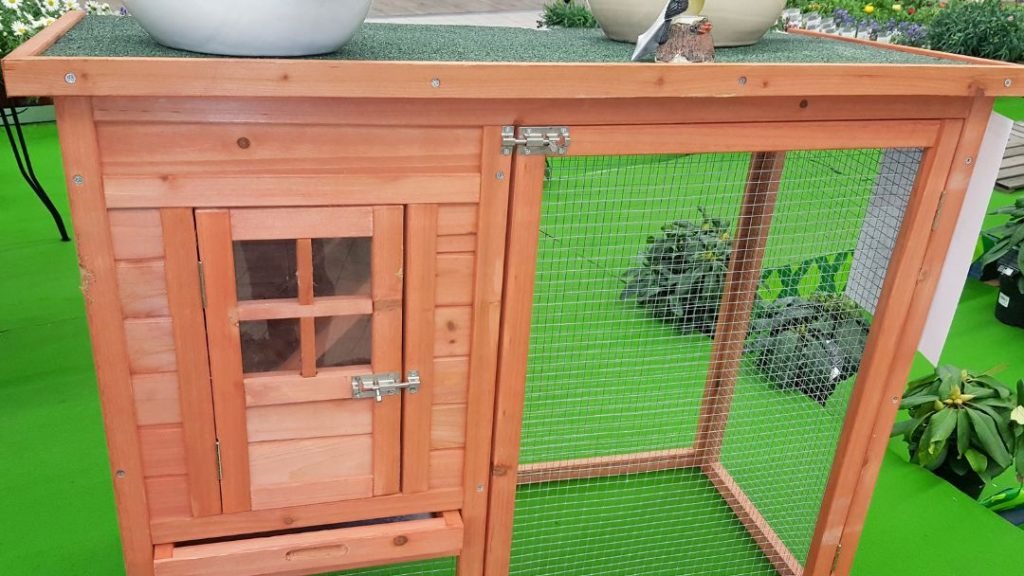
Softwood
Hemlock, pine spruce, Douglas, and fir are some top-quality chicken coops you can use for chicken coops.
The main advantage of softwood is its affordability. Many are non-toxic to chickens. ASPCA considered them safe for flocks.
However, a few may have toxic substances. It is best to add a clear natural finish to softwoods.
For additional safety and durability, you can go for wood stabilization.
It makes the wood harder and wear-resistant. Moisture and humidity will cause minimal harm to the wood.
However, applying a paint or stain and wood stabilizer is time-consuming. Due to their reduced thickness, softwood is not as strong as hardwood.
Hardwoods
Redwood, oak, mahogany, hickory, walnut, hickory, maple, and tropical hardwood are the top choices for chicken coops.
Hardwoods are pretty thick, ranging from 5/16 inches to 3/4 inches thick. They are highly durable. If you ensure proper maintenance, they can last 20 to 30 years.
One key aspect of hardwoods is their dense cellular structure. Their outstanding strength ensures minimal damage over time. FSC certified these woods as safe.
Another plus point of hardwood is simple cleaning. You don’t have to spend hours cleaning your entire chicken coop. They attract less dust and dirt.
In addition, they are toxin-free, unlike some softwoods. Chicken keepers don’t have to add any paint or stain on the wood surface.
However, hardwoods are more expensive than softwoods. Plus, they may not be available in your particular area.
Pressure-treated Lumber
This type of wood is ideal for outdoor coop areas. The main advantage of pressure-treated lumber is its withstanding capabilities against moisture and other things.
Compared to untreated and natural woods, they are stronger and denser.
It is best not to use them for interiors. They may contain chemical preservatives to make the wood surface rot-resistant.
It is one of the best alternatives for hardwoods. Pressure-treated lumber costs less than hardwoods without compromising their long-lasting durability.
These harmful preservatives release toxins over time. However, chickens are less likely to be affected if you install them for the outdoor walls.
Avoid using any copper Azole-treated lumber for the interior area of your chicken coop. They have chemical wood preservatives that will cause several hazardous conditions.
Plywood
You can use plywood for outdoor and interior walls. However, applying several toxic-free coatings of paint and primer is crucial to protect the surface.
Various types of plywood are available such as RTD, CDX, BDX, marine-grade, pressed board, Oriented Strand Board (OSB), Medium Density Overlay Panels (MDO), etc.
Marine-grade plywood is one of the best choices for chicken coops. They are sturdy, lightweight, and highly stable.
Their laminated structure protects them from moisture and adverse weather effects.
But cheaper options will not be highly durable. You may need to apply several toxic-free coatings to protect the surface from rot formation.
Grades Of Lumber
Apart from Pressure-treated lumber, you can use different types of lumber-graded woods.
But the first and second grade is the best choice. After all, they are more than 83 percent defect-free.
This kind of wood has a high-density structure. They are more dimensionally stable, causing swelling.
Also, you will see up to 75% improved performance against moisture.
There are other grades of lumber available, such as Grade No 3, 4, and 5. They are mainly economy and utility-based.
These options are not a good choice for chicken coops. Their weaker structural strength will cause minimal faster wear and tear over time.
Top Tips In Choosing Wood For Chicken Coop
Choosing the wrong woods will cost you in the long run.
More importantly, it will not contribute to creating a perfectly comfortable home for chickens.
Here are a few essential tips that you should consider when building or ordering a new customized chicken coop.
Tip 01: Avoid Choosing Too Large Pieces Of Woods
Does it appear convenient to change the entire chicken coop if there is a rot issue? Surely NOT!
The best solution is to use smaller or medium pieces of wood that can be easily replaced.
You don’t need to change the entire coop. It will be both time and cost-saving.
Tip 02: Don’t Paint Immediately After Priming
Do you want to achieve a shiny and attractive color? Don’t apply paint or stain on the wood after priming.
Wait for at least two or three weeks before applying the paint.
Make sure to sand the surface properly before priming. Get rid of all the flaws and achieve a smooth surface.
Tip 03: Seal The Old Wood Properly
You may prefer to use old wood for building a chicken coop.
It is entirely okay. Just get off the toxic substances from the wood surface.
Then use a toxic-free paint to seal the old wood properly. Appropriately sealing the wood surface is vital.
Otherwise, it will rot within a short time. This will cost you more money in the long run.
Tip 04: Paint The Wood Before Installing Hardware Cloth
Sealing and applying paint on the wood is complicated after adding hardware cloth.
You want to do it before using the hardware cloth.
Otherwise, it will take more time, effort, and money to handle the project.
Tip 05: Use Woods That Fit Best Each Panel
Not all woods are suitable for all spots of a chicken coop.
For example, softwoods are the best choice for roofs and frames. Make sure to use a toxic-free stain or paint to protect your flocks.
On the contrary, hardwoods can be a perfect option for the inner wall of chicken coops.
Their increased physical strength can handle more weight. It will prevent unwanted breakage issues.
Likewise, you can use hardwoods for windows, doors, and vents. Engineered woods also come in handy for this purpose.
Final Thoughts
Choosing the best type of wood for a chicken coop is essential to build a highly durable and safe house. Make sure you have a precise plan depending on how many chickens you will grow in the future. It is always best to make the coop slightly larger than the requirements.
You will not have to expand it within a short time. A mixture of woods is okay if they have a minimal defect rate. Make sure to seal the wood surface and paint non-toxic paint to protect your chickens. Hopefully, you have a complete idea regarding the type of wood that is best for you.

